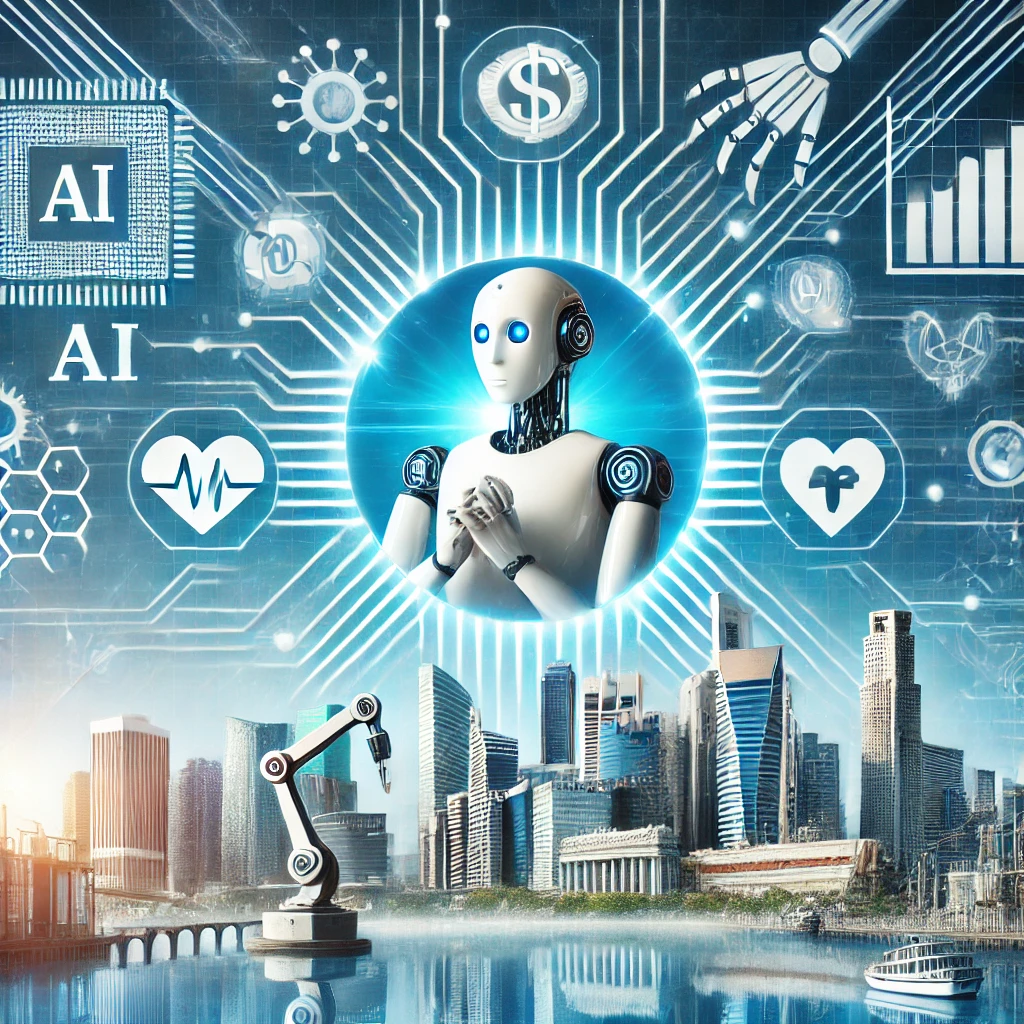AGI (Artificial General Intelligence) stands at a pivotal crossroads in 2025, with market projections indicating exponential growth despite true AGI remaining several years away. Industry experts suggest we’re witnessing the emergence of a “Cognitive Evolution Timeline” – the gradual progression from narrow AI systems toward truly general intelligence capabilities. While companies may claim AGI breakthroughs this year, these assertions will come with “significant asterisks”1. Nevertheless, advancements in AI reasoning, multimodal integration, and enterprise adoption are laying crucial foundations that will define how AGI ultimately transforms industries and reshapes human-technology relationships.
Current State of Future of AGI Development in 2025
As we progress through 2025, the road to Artificial General Intelligence continues to evolve rapidly, though true AGI – systems with human-equivalent intelligence across diverse domains – remains on the horizon. According to industry experts interviewed by MindsDB, we are at least five years away from achieving AGI capabilities that match public expectations1. The current landscape features increasingly sophisticated narrow AI applications that excel in specific domains while lacking the generalized understanding characteristic of human cognition.
The Cognitive Evolution Timeline is being accelerated by significant advancements in AI reasoning capabilities. Major technology companies are focused on enhancing large language models’ ability to make logical inferences and engage in causal thinking – moving beyond pattern recognition toward genuine understanding5. This progress in reasoning represents a critical evolutionary milestone toward the generalized intelligence that defines true AGI.
Multimodal Systems and Agent Architecture of AGI
A defining characteristic of emerging AGI systems is their multimodal nature – the ability to process, understand, and generate content across text, images, audio, and video formats simultaneously. In 2025, frontier models are pushing boundaries in natural language processing, image generation, and coding capabilities within unified systems, creating more versatile AI applications that inch closer to generalized intelligence.
The development of long-running agent loops – AI systems that maintain context over extended interactions and continuously refine their understanding – represents another significant advancement toward AGI capabilities. These agent architectures, coupled with improvements in contextual understanding, are creating systems that maintain coherent, purposeful operation across diverse tasks and timeframes.
The Expanding AGI Market Landscape
The artificial general intelligence market is experiencing remarkable growth in 2025, with projections indicating substantial expansion throughout the 2024-2035 forecast period. This growth is fueled by continuous technological advancements in machine learning, deep learning, natural language processing, and related technologies collectively contributing to the Cognitive Evolution Timeline.
Several factors are propelling this market expansion. The mounting demand for intelligent automation across industries – from healthcare and transportation to scientific research – is creating strong incentives for AGI development. Growing strategic investments and partnerships are further accelerating progress, with major technology companies dedicating substantial resources to AGI research.
Enterprise Adoption and Business Transformation
Enterprise AI adoption is accelerating dramatically in 2025, with companies leveraging increasingly advanced AI systems to enhance customer experiences, empower employees, and drive business outcomes1. These applications, while falling short of true AGI, represent important steps in the Cognitive Evolution Timeline and provide valuable real-world testing grounds for approaches that may eventually lead to generalized intelligence.
The integration of “AI teammates” across business functions marks a significant trend this year. These collaborative AI systems work alongside human professionals in marketing, research, supply chain management, and other domains, augmenting human capabilities and freeing up time for more creative and strategic work.
Challenges on the Path to AGI Realization
Despite rapid progress, significant challenges remain on the path to achieving Artificial General Intelligence. Technical hurdles include developing systems with robust reasoning, common sense understanding, and the ability to transfer knowledge between domains – capabilities that humans possess naturally but remain difficult to replicate in machines.
Resource constraints also pose challenges, with limitations in computational power, energy requirements, and the availability of specialized hardware like GPUs creating bottlenecks in AGI development. Policy considerations further complicate the landscape, with uncertainties regarding regulatory frameworks, export controls, and international cooperation influencing the pace and direction of AGI research.
SEO Implications of the Cognitive Evolution Timeline
As AGI development progresses along the Cognitive Evolution Timeline, it will significantly impact search technologies and SEO practices. AI-powered search algorithms are already demonstrating enhanced user intent understanding and delivering increasingly personalized results. Content creators must focus on comprehensive, high-quality content addressing user intent rather than merely targeting specific keywords.
The rise of multimodal AGI systems will likely transform how search engines interpret and rank content across different formats. Organizations should prepare for this evolution by creating diverse content types that demonstrate expertise, authoritativeness, and trustworthiness across platforms – characteristics that will remain valuable regardless of how search technologies evolve.
Looking Beyond 2025
As we navigate further along the Cognitive Evolution Timeline, the convergence of AI advancements across multiple domains may create conditions necessary for AGI emergence. Industry experts caution that while claims of AGI achievement will increase, true AGI matching public expectations remains several years away.
What seems certain is that the journey toward AGI will continue to transform industries, reshape human-computer interaction, and create new possibilities for addressing complex global challenges. As we progress through this technological evolution, thoughtful consideration of both the opportunities and societal implications will be essential for harnessing AGI’s full potential.



